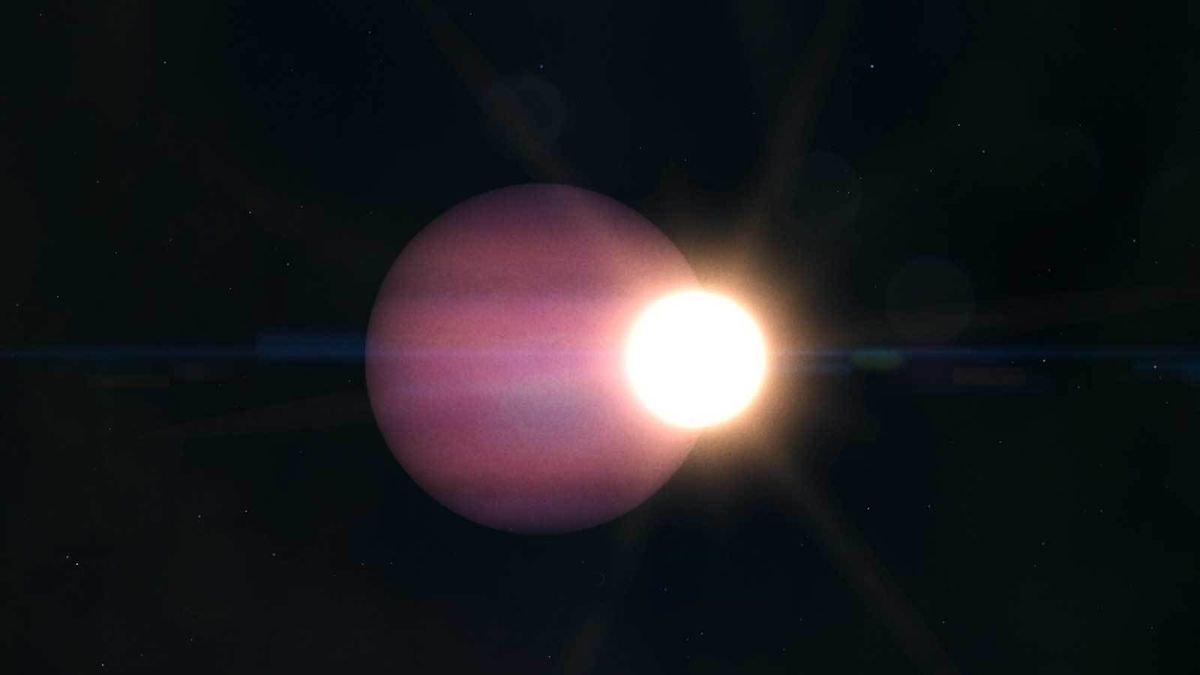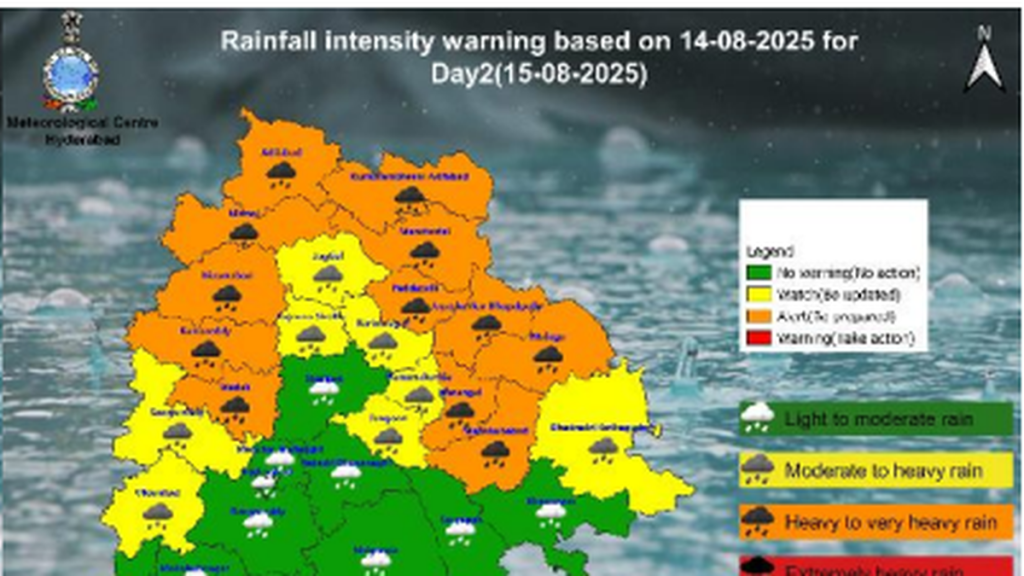Now Reading: James Webb Telescope Discovers Coldest Exoplanet Orbiting a Dead Star
-
01
James Webb Telescope Discovers Coldest Exoplanet Orbiting a Dead Star
James Webb Telescope Discovers Coldest Exoplanet Orbiting a Dead Star

Quick summary
- Astronomers using the James Webb Space Telescope (JWST) have confirmed the first planet, WD 1856+534 b, orbiting a dead star-a white dwarf located about 80 light-years from Earth.
- The planet is Jupiter-sized and orbits its white dwarf host every 1.4 days in a zone where it was expected to have been destroyed during the star’s earlier expansion phase as a red giant.
- With a temperature of -125°F (-87°C), WD 1856+534 b is now recognized as the coldest exoplanet ever directly observed using JWST technology. This surpasses Epsilon indi Ab, previously holding this record at roughly 35°F (2°C).
- Researchers suggest planetary migration mechanisms allowed WD 1856+534 b to survive and settle into this close orbit, raising potential implications for habitable zones around white dwarfs where conditions for life could exist.
- Future JWST observations set for July will further explore system evolution and search for additional planets bound to the same star, helping refine models of how such systems evolve after stellar death processes.
Image Source: NASA/JPL-Caltech/NASA’s Goddard Space Flight Center
Indian Opinion Analysis
This groundbreaking discovery offers fundamental insights into planetary survival and evolution beyond severe stellar transformations-an area previously limited in empirical data but rich in theoretical exploration. For India’s scientific community focused on space research (like ISRO), these findings underscore critical opportunities to collaborate internationally on similar studies leveraging capabilities such as India’s upcoming space observatories or interplanetary missions targeting exoplanet detection under challenging conditions.
Additionally, implications surrounding white dwarf systems’ “habitable zones” spark intrigue globally-including among Indian researchers exploring astrobiology-and may provide renewed perspectives on designing experiments aimed at investigating life-supporting systems outside conventional parameters associated with Sun-like stars. Such advancements push boundaries not just technically but also philosophically about humanity’s role in understanding cosmic legacies.
For future projects like India’s Gaganyaan mission that aim to strengthen human presence beyond Earth-based confines while nurturing high-impact science partnerships worldwide-the learnings here further emphasize that our cosmic journey remains deeply interconnected across national scientific efforts.




























